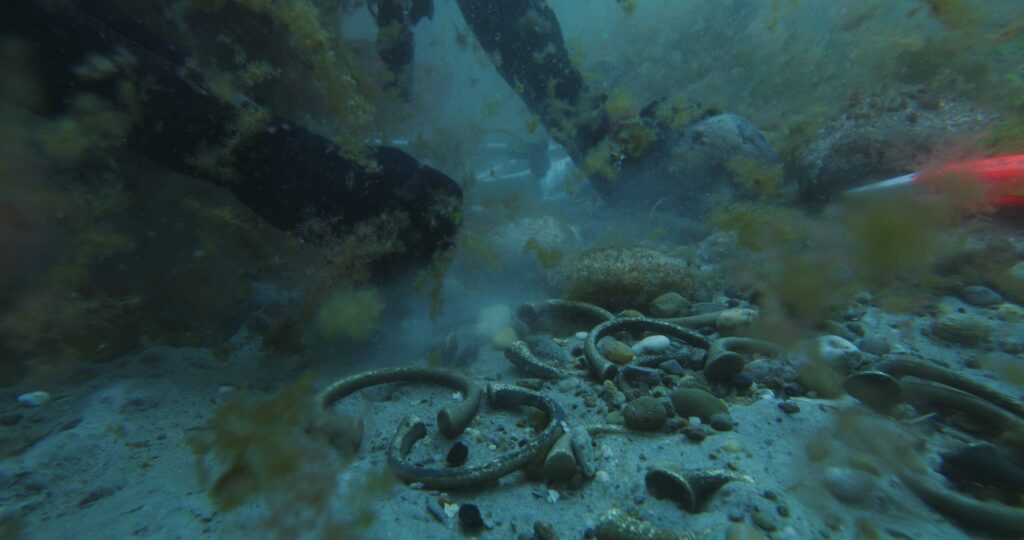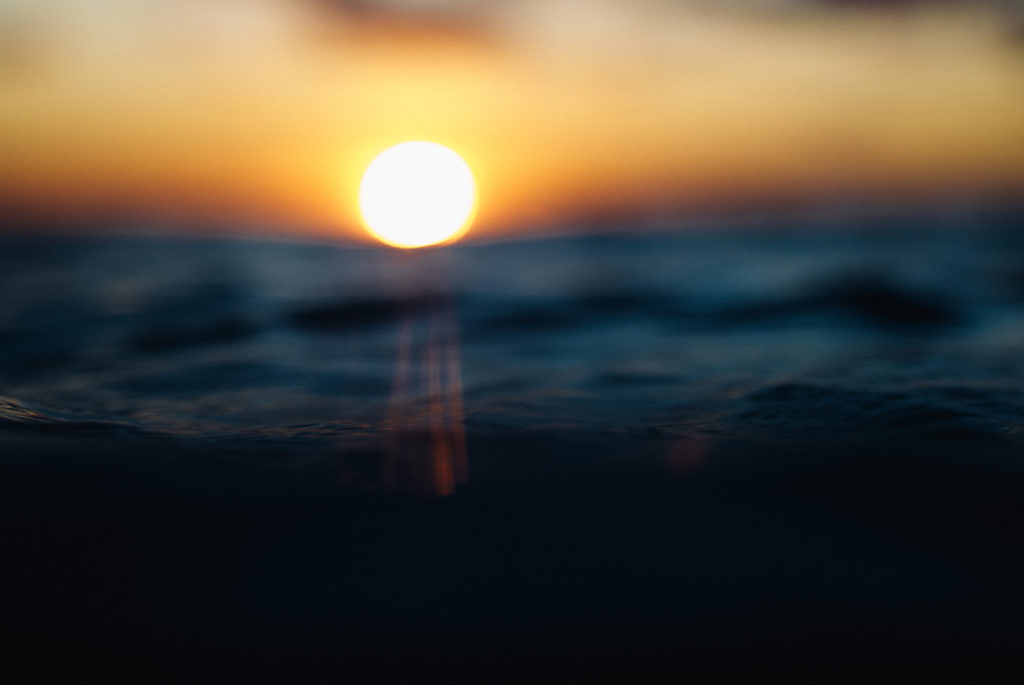
A new study traces the metal used to craft the brass sculptures to manilla bracelets produced in Germany and used as currency in the slave trade
by Brandon

A new study traces the metal used to craft the brass sculptures to manilla bracelets produced in Germany and used as currency in the slave trade
by Brandon
The Whydah serves, ironically, as both a symbol of oppression and freedom. A vessel that was originally built to carry enslaved Africans, eventually became a sanctuary for two dozen Africans who had escaped slavery and found liberty among her pirate crew. Join Shipwreck Center historian and high school history teacher, Tim Gigl, as you not only explore this fascinating story, but also examine the primary and secondary sources used to discover the truth.
Click here to access the webcast:
https://www.crowdcast.io/e/they-found-freedom-under
by Brandon

In this class students will learn about the cause and effect of climate change with a focus on the ocean.
Activities include making an ocean ecosystem scene with recycled materials and a small rising sea level science experiment with an ice cube and a cup.
Thu, May 14, 2020 11:00 AM
Click here to register.
Help us promote a wider interest, understanding and enjoyment of marine science, maritime history and underwater archaeology, whether at sea, in the lab, online, or in the classroom.
The Shipwreck Center Sea Lab & Learning Center is located on Cape Cod, Massachusetts
Mailing address:
311 Stony Brook Road
Brewster, MA 02631
We are a registered Massachusets non-profit 501(c)(3) Public Charity.
For purposes of recording tax-deductible donations, the Federal Tax Identification number of the Center is:
06-1764808
